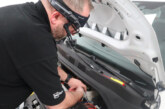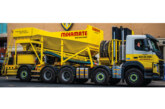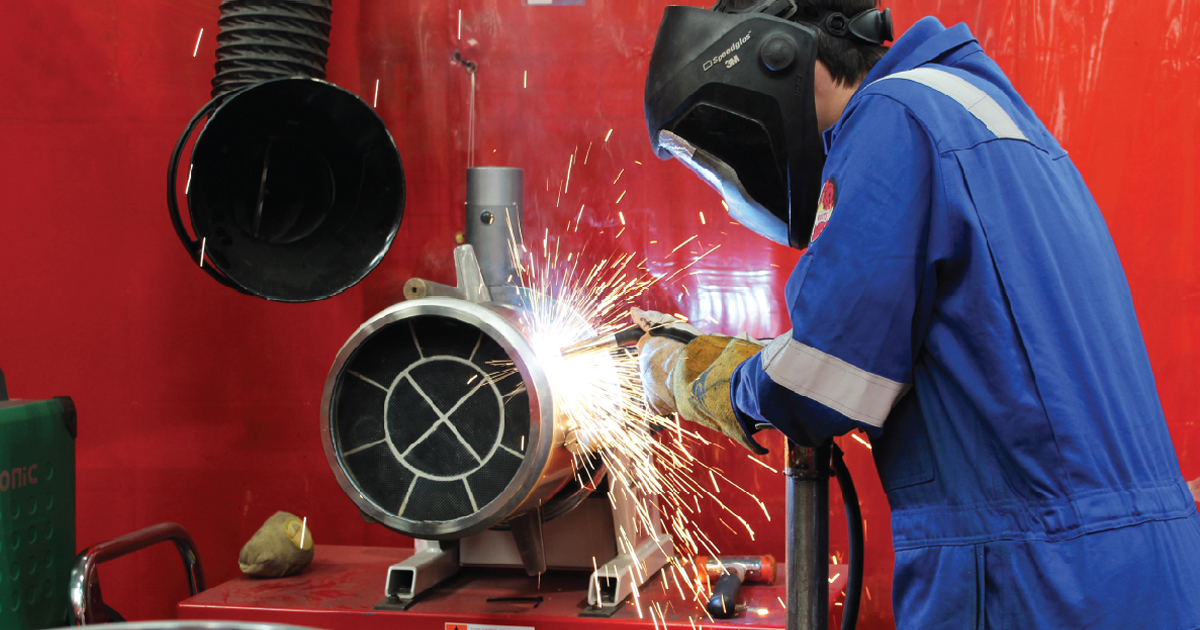
Carlos Vicente, Aftermarket and Retrofit Sales Director, Eminox, looks at the challenges faced in the commercial vehicle sector and the solutions available to help mitigate the impact these zones pose.
Euro VI is not a new set of legislative standards; however, as more and more Clean Air Zones and Low Emission Zones are established, the challenges non-compliant commercial vehicles face will be ever increasing. It seems a long time since the first Euro I standard was introduced, 1992 to be exact, and it’s fair to say things have come a long way since.
The latest standard, Euro VI, which became mandatory in 2016, outlined the tightest regulations yet regarding emissions levels and how these were controlled, and paid particular attention to the management of NOx (Nitrogen Oxides) which had been proven to have a negative impact on respiratory systems.
It required diesel engine manufacturers to reduce a vehicle’s output of NOx by 55%. The NOx limit for Euro V diesel engines was 180mg/km whereas for Euro VI diesel engines the limit was just 80mg/km. For comparison purposes, Euro I NOx emission limits were 780mg/km for diesel engines, and this highlights just how far we have come. However, there is still much we can do to drive standards higher and emissions lower.
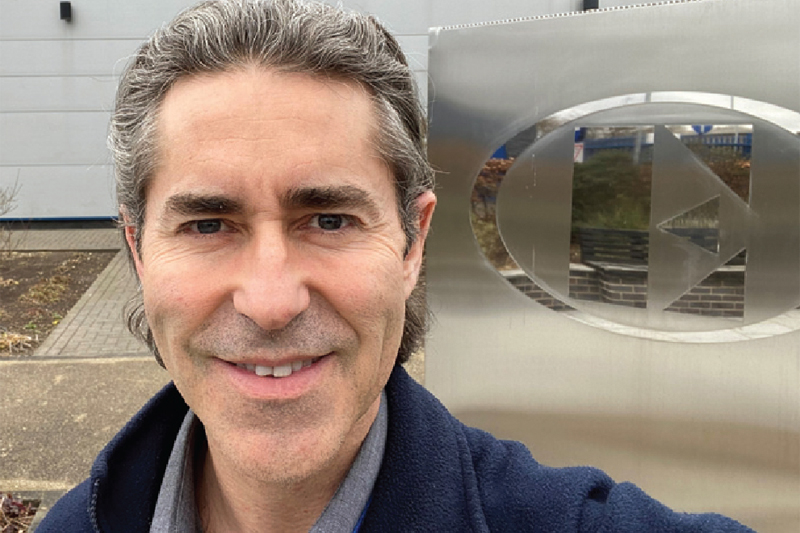
Since the introduction of Euro VI, all new commercial vehicles including buses, trucks and RCVs have had to be manufactured to meet this standard. But what about vehicles manufactured before that date and are now facing the challenges of being noncompliant across Europe, as the tightening of emissions regulations and the drive for zero carbon gathers pace?
Meeting emission regulations
Pleasingly, the challenges faced are surmountable. Diesel Particulate Filters (DPFs) are a key component of a vehicles exhaust and emissions management system and provide an effective and economical solution that can transform the compliance of a vehicle. There to reduce harmful pollutants from diesel powered vehicles, in effect making diesel clean, it captures and stores the particulate matter (PM) and prevents this from passing through the exhaust. Proven to be damaging to public health, a Euro VI compliant DPF can remove as much as 98-99% of PM2.5.
Whilst many on road vehicles are striving to be Euro VI compliant, it is also worth noting the shift in the construction sector towards declaring projects as Low Emission or Clean Air Zones meaning that all commercial vehicles on the site would have to be Euro VI compliant, where applicable. One example is HS2.
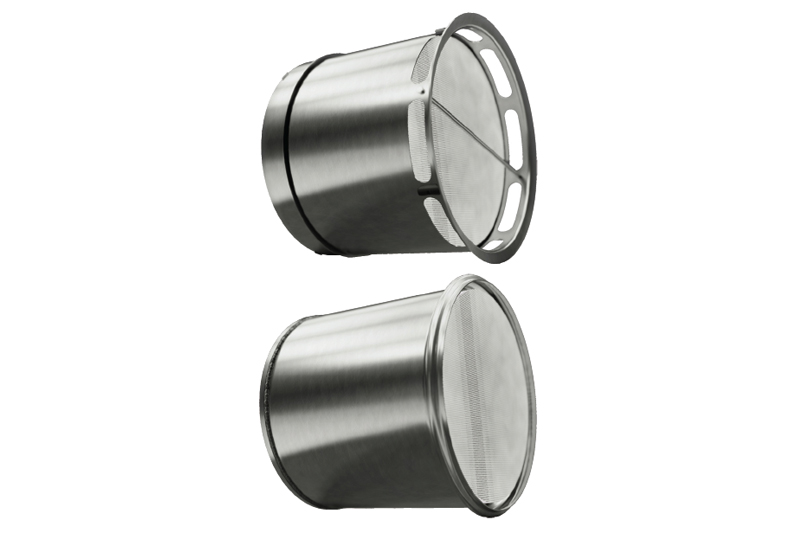
Whilst it may seem a little overzealous to create such strict demands, the desire to make Europe’s largest infrastructure project, mirror the requirements of a CAZ, is admirable; and sets the benchmark for other projects and operators of vehicles and equipment on those projects to accept only the highest standards in emission regulations and improve the surrounding air quality.
Choosing a DPF
As fleet operators and fleet managers, indeed anyone with responsibility to ensure vehicles are running efficiently, are compliant and meet all legislative requirements, choosing solutions that deliver what you need in a timely, reliable manner is imperative to maximising cost efficiencies and revenue from a vehicle or fleet.
Choosing a quality DPF that is Euro VI compliant can also enhance the performance of a vehicle and its emission system. It can form part of an efficient Exhaust After Treatment System (EATS) and this system should be certified under the Clean Vehicle Retrofit Accreditation Scheme (CVRAS) a scheme from the Energy Saving Trust that certifies retrofit technologies which meet UK Government standards created to address air pollution from commercial vehicles.
Managing emission solutions to comply with Euro VI standards can also have a positive impact on business operations. By ensuring fleets are compliant, charges for using non-Euro VI compliant vehicles can be eradicated, journey planning is simplified – in that consideration for using non-compliant vehicles in CAZs is removed – and a subliminal message of responsibility and environmental ethics of that company or fleet is something which can be major consideration in many decision making processes.
What does the future look like?
The move to electric will not be a fix-all solution, so it is likely alternative fuel solutions will also require emissions control systems to ensure they remain compliant with the latest legislation.
As more CAZs are introduced, both in the UK and across Europe, and emissions regulations are upscaled further, a quality, Type Approved, DPF which forms part of an exhaust after treatment system (EATS) will remain imperative to commercial vehicle operators.

Eminox continues to develop pioneering emissions solutions technologies which will support changes to legislation, and compliance thereof, across the globe.
Eminox is a key strategic partner in the delivery of its technologies to ensure fleet compliance, and the Eminox product range is now supported by an ecommerce site which allows fleet managers to source replacement DPFs in a few simple steps.
It has been an intrinsic part in the ongoing delivery of Bus Emission Abatement Retrofit (BEAR) fund in Scotland, which helps use technology to reduce emissions of NOx gases and particulate matter in Air Quality Management Areas and is working on several other similar schemes across the globe.
With Euro VII regulations expected to be introduced in 2025, the Eminox team is already way ahead in developing innovative, solutions driven technologies to support commercial vehicle operators in achieving ongoing compliance through OE specification, aftermarket solutions.

